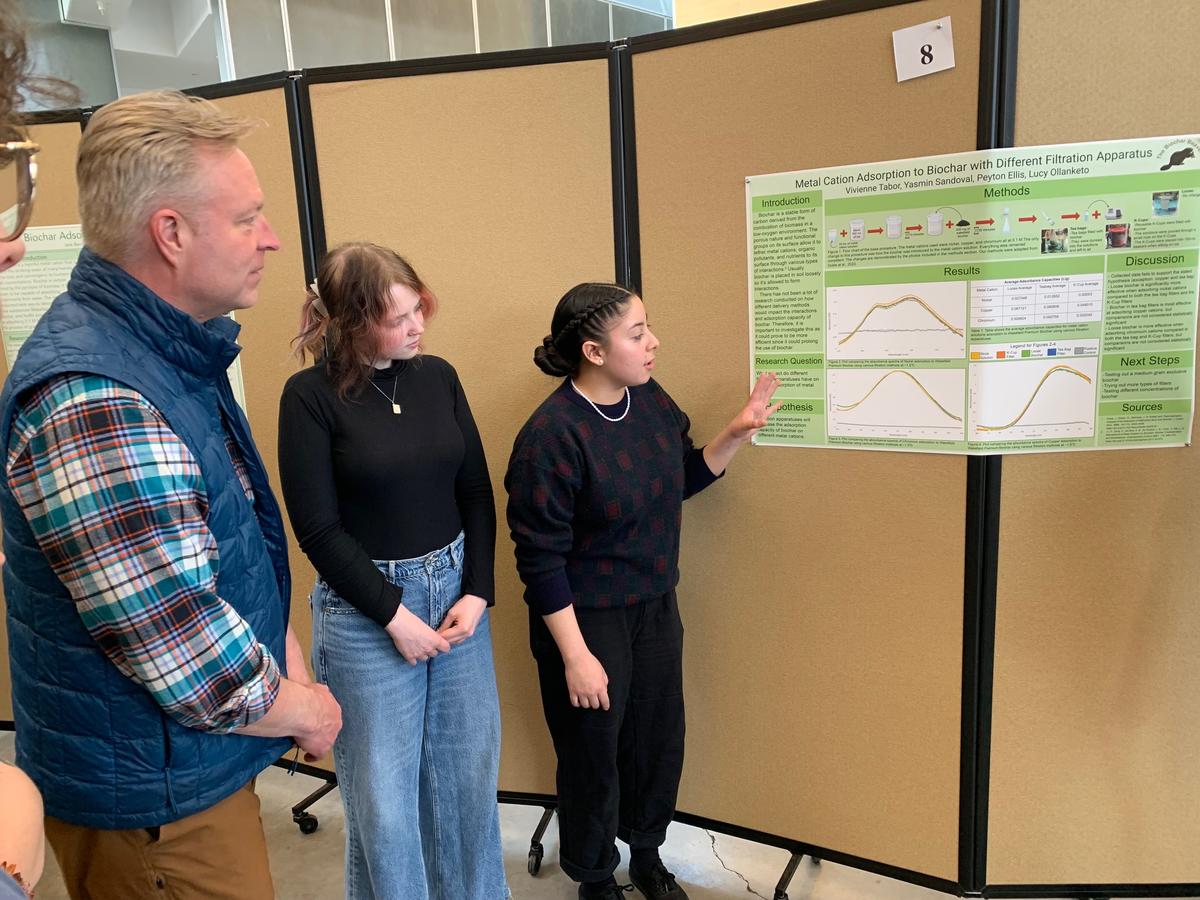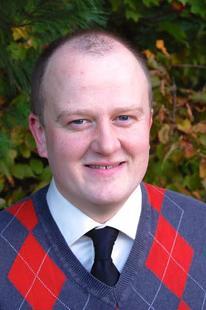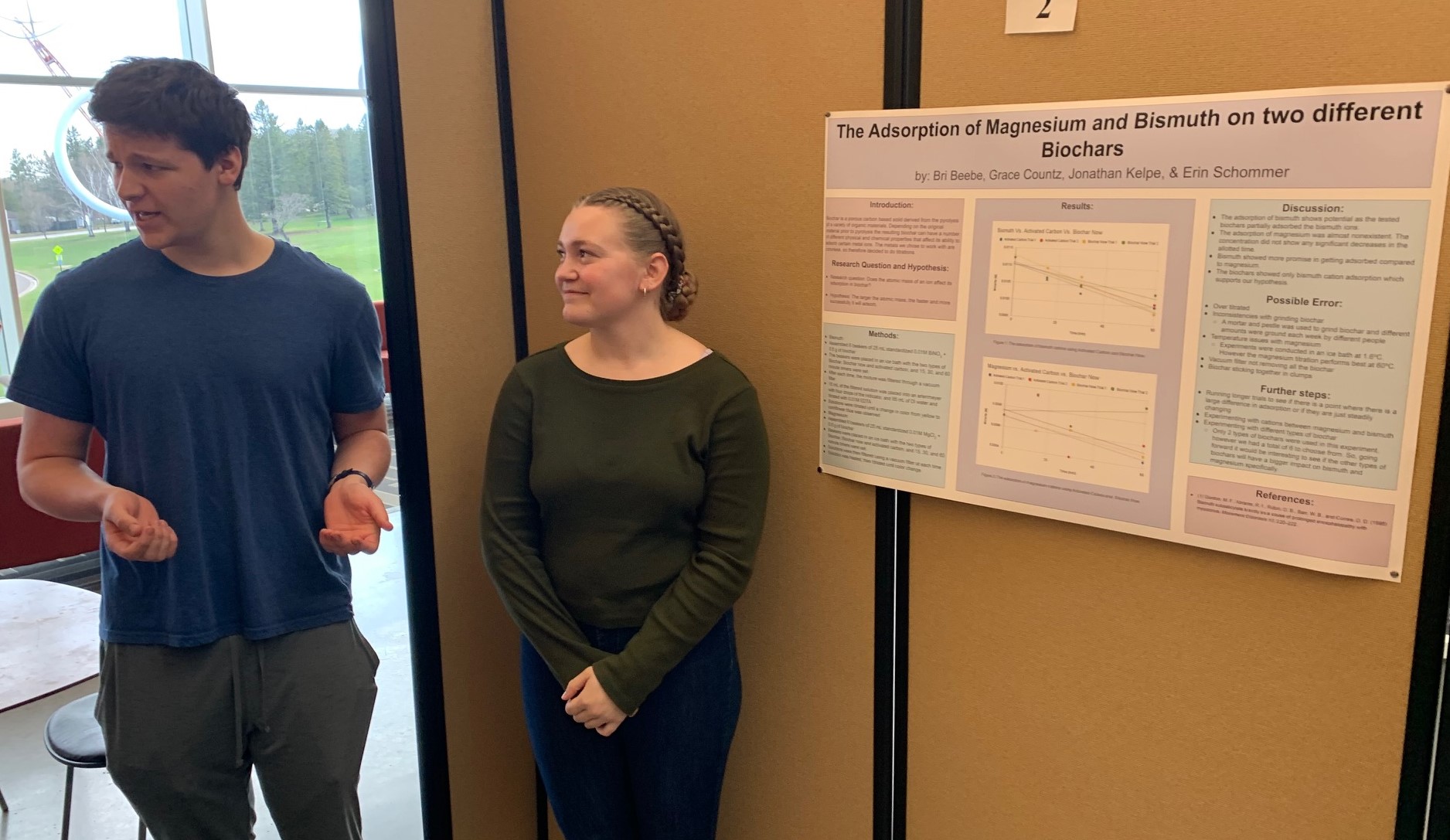Newswise — Ask a student what they want to learn, and you’ll often get a shrug. How can they know what they, as yet, don’t know?
But trigger their curiosity, let that lead them, and you have students engaging in real world research. NRRI is helping UMD first year students unravel the mysteries of biochar by letting them lead with curiosity.
“The old teaching model for science lab results was fairly prescribed,” explained Eric Singsaas, leader of NRRI’s Materials and Bioeconomy Research Group. “Students are basically following a recipe with a known outcome. They’re not allowed to see the bigger picture.”
This course is part of a new program in UMD’s Swenson College of Science & Engineering (SCSE), and a collaborative effort with NRRI.
“Thanks to support from the Swenson Family Foundation, we’ve established the Swenson Active & Innovative Learning (SAIL) program,” said SCSE Dean Wendy Reed. “It’s aimed at giving all of our students, but in particular every first year student, a chance to do meaningful research in their courses.”
UMD Chemistry Assistant Professor Jake Wainman initiated a Course-based Undergraduate Research Experience (CURE) as part of the SAIL program, he went in search of something new for the students to explore. And biochar, while not a new substance, is undergoing experimentation in completely new ways.
“It’s much more interesting when even the teachers don’t know what the outcome will be,” Singsaas added.
NRRI developed the biochars – kiln-charred biomass – from a variety of feedstocks and at a variety of temperatures. They also purchased some biochars off the open market. Each biochar is imparted with different properties. Then Singsaas explained to the first-year college students that NRRI is interested in understanding more about biochar’s ability to filter contaminants.
Professor Wainman and Singsaas developed tools of inquiry and set some guardrails, then let the students develop their own questions. What contaminants do they want to experiment with and which biochars?
Biochar 101
Like most folks, the students didn’t know much, if anything, about biochar. Now they can have informed conversations with scientists – which they did at poster presentations showcasing their work in April.
For Vivi Tabor, a self-described “sciency kid,” it was an expansion on her high school experience. “I took physics, chemistry, biology and we did some lab stuff in Advanced Placement biology,” she said.
For group mate Yasmin Sandoval, it was a launch into chemistry. “I didn’t have a strong science background, and didn’t feel very confident even though I applied as a chemistry major,” she admitted. “Now with these two semesters, I feel a lot more confident because of this class.”
Their team is testing different biochars for filtration of heavy metals – chromium, copper and nickel. They’re now familiar with titrations, spectrophotometers and data analysis… and dealing with tight deadlines.
“It was overwhelming at first,” Tabor admitted, “a huge learning curve. But now I really want to learn more about how to use Excel spreadsheets.”
Brianne Bebee did a bit of reading up on biochar before starting lab work with her team. “It was so interesting in how it can grab onto cations and hold them back,” she said.
They decided to focus their experiments on the adsorption of bismuth and magnesium in two different biochars. And their first runs weren’t successful.
“So it’s given me more realistic expectations of working in a lab,” said Bebee. “This project has definitely broadened my horizons.”
Early Start
So while inquiry-based learning started developing in the 1960s, Wainman’s students are doing research relevant outside of the classroom. Most professors introduce this opportunity much later in the college career, but these UMD students are in their first year, even first semester.
And Wainman thinks the engagement level at such an early stage of their education is striking.
“There’s a lot of excitement in the room when they realize they get to take the reins and determine their destiny,” he said. “We’ve noticed an increase in students’ excitement for spending time in the lab, and a real sense of ownership over their projects.”
With the success of this pilot implementation of the CURE program, plans are to scale up to involve even more students in the next academic year. This year’s class of about 50 will grow to some 300 students following the CURE lab model.
Singsaas and Wainman also submitted a paper to the Journal of Chemical Education, slated for publication later this year.
“We hope this will lead other institutions to adopt a similar approach to their chemistry laboratory courses,” Wainman added.
And whether or not biochar becomes part of these students’ futures is yet to be seen. “But they all understood the principles of what they were supposed to be learning,” Singsaas added. “It wasn’t about getting the ‘right’ answer, but understanding the overall principles.”
MEDIA CONTACT
Register for reporter access to contact detailsArticle Multimedia

Credit:
Caption: NRRI's Eric Singsaas listens as Vivi Tabor and Yasmin Sandoval explain their biochar research at an April 30 poster presentation.

Credit:
Caption: Jacob Wainmann

Credit:
Caption: Bri Bebee listens as fellow team member Jonathan Kelpe explains their project at a poster presentation on April 30.